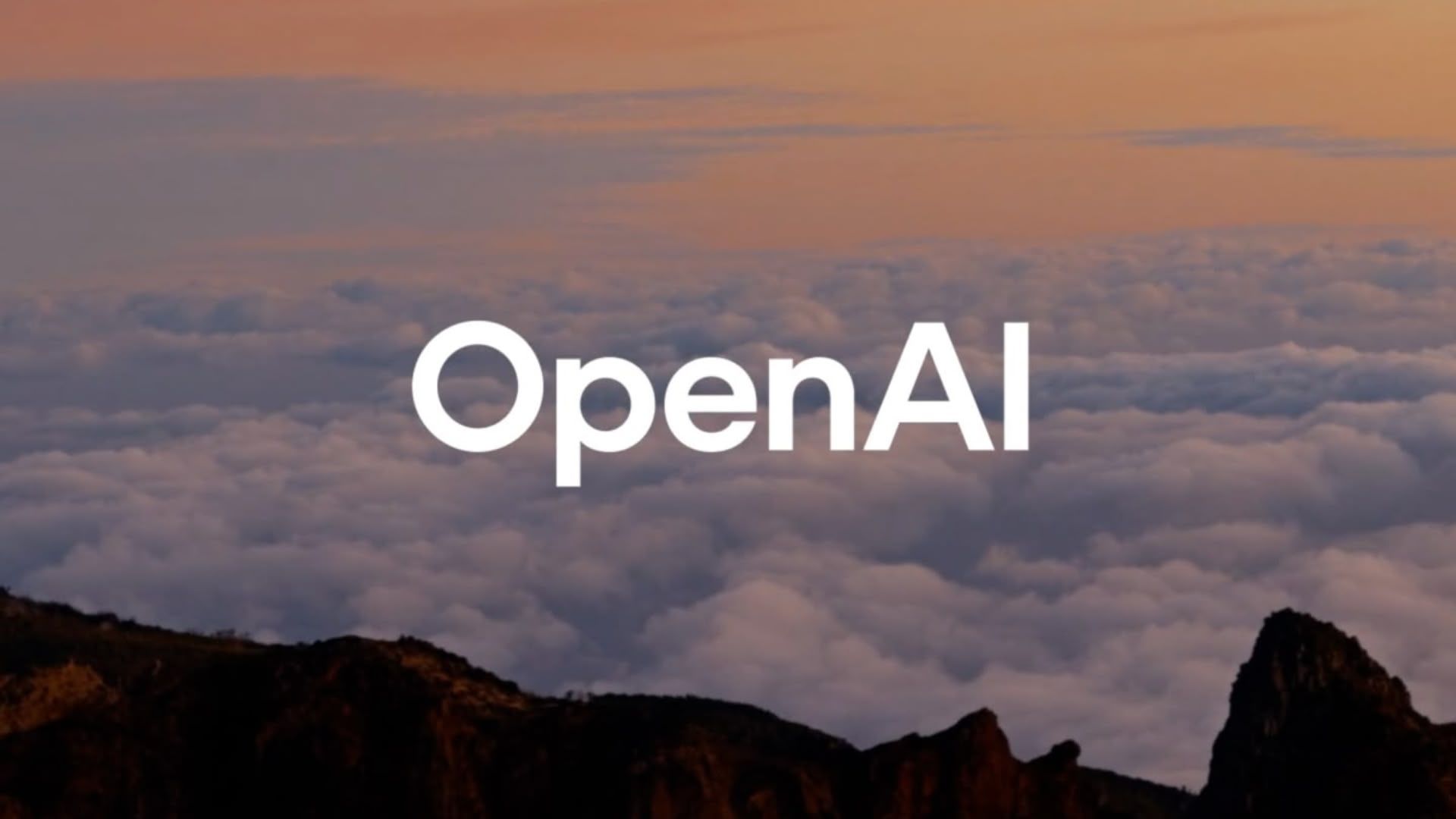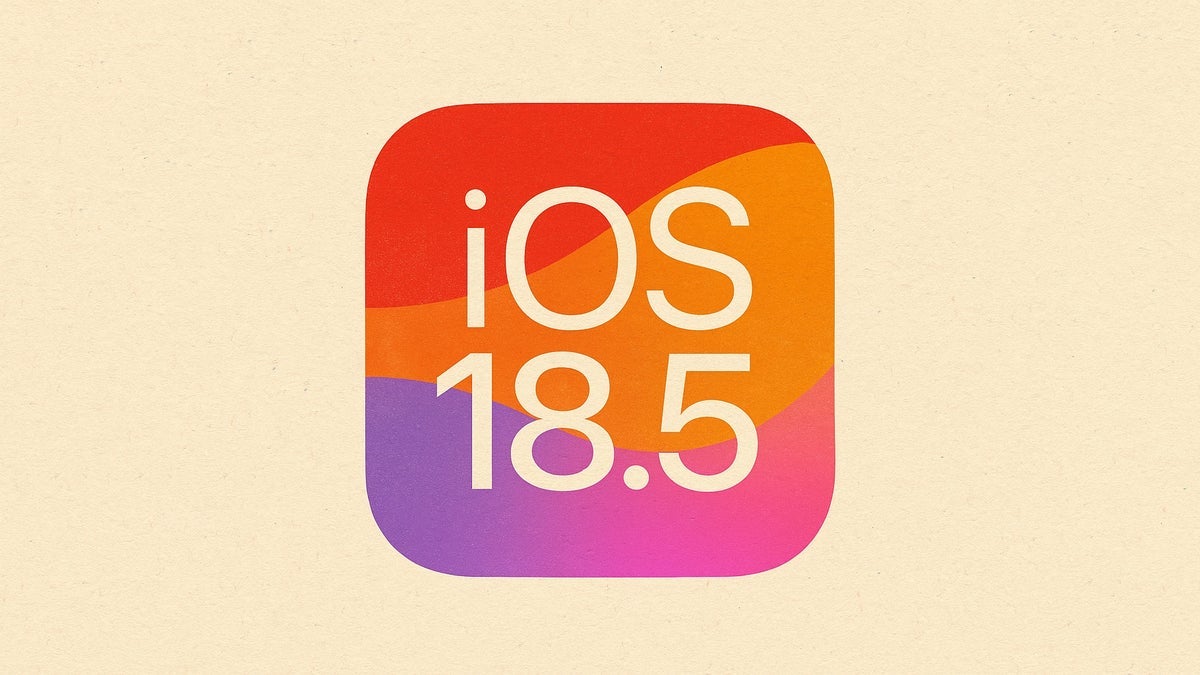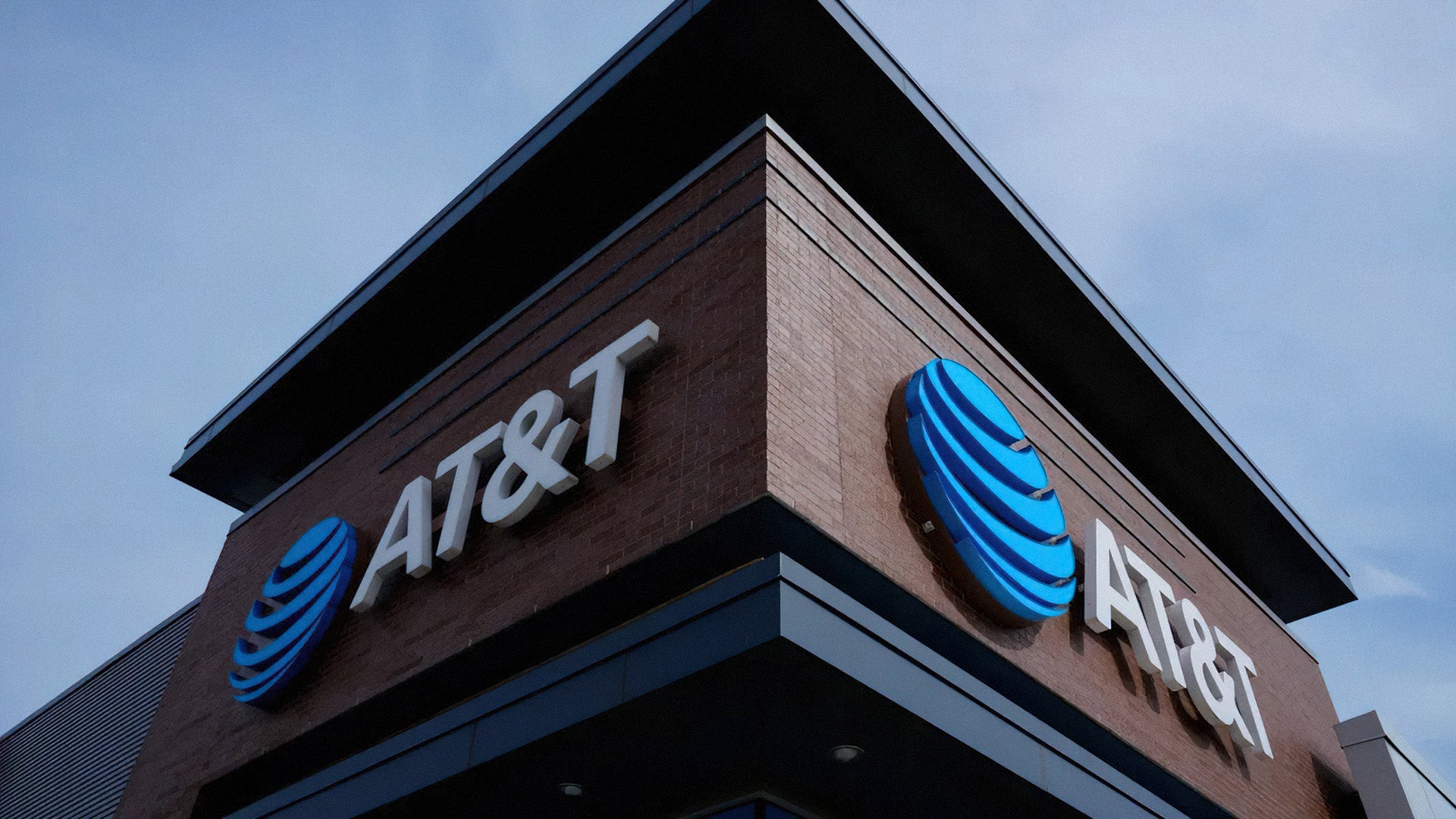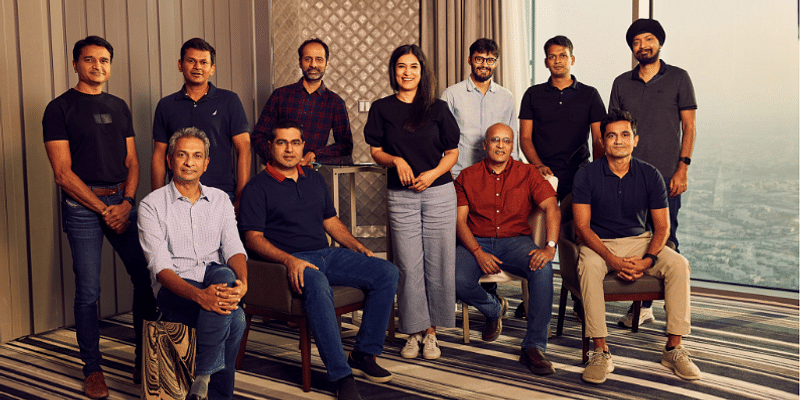India's satcom roll-out will likely be fastest globally: Telecom Minister Scindia
Scindia noted regulator TRAI has given its views on norms for satcom spectrum, and that it is now for the government to vet the recommendations and push forward the policy.


India appears poised to see the fastest roll-out of the satcom network, with its market expected to surge nearly tenfold to $20 billion by 2028, Communications Minister Jyotiraditya Scindia said on Tuesday.
Scindia noted regulator TRAI has given its views on norms for satcom spectrum, and that it is now for the government to vet the recommendations and push forward the policy.
"And as I have mentioned to you we are very eager in pushing forward this policy as soon as possible, so that now they (TRAI) are done with their task, the onus is on us to take it forward," he said.
He emphasised that satellite technology is complementary to the current bouquet of terrestrial telecom services.
TRAI has come out with its regulations for administrative assignment of satcom spectrum and multiple players have availed of the licence, he said addressing the World Telecommunications and Information Society Day event organised by Telecom Regulatory Authority of India (TRAI).
"I am very confident that this roll-out of satellite network as well, will probably be the fastest in the world in the years to come, growing from current $2.3 billion market to almost a $20 billion market by 2028, so we are talking about a ten multiple over the next three years...these are growth rates you would probably not see anywhere else in world," Scindia said.
Scindia further said that once the permission to operators is given, they will reach far and wide.
"The timeline has to be worked out by every single company individually but my assessment is that as a market, we will grow very, very fast," he said.
Telecom regulator TRAI recently recommended that satellite communication companies like Starlink pay 4% of their adjusted gross revenue (AGR) as spectrum charges to the government -- a rate steeper than what these firms had been lobbying for.
Operators offering satellite-based broadband internet services in urban areas would have to shell out an additional Rs 500 per subscribers annually, TRAI said in its recommendations to the Department of Telecommunications (DoT). No additional levy would be applicable for services in rural areas.
Earlier this month, Starlink, backed by billionaire Elon Musk, received government nod for satcom services in India, as Department of Telecommunications issued a letter of intent (LoI) to it.
Starlink is a satellite internet service developed by SpaceX, and it provides high-speed, low-latency broadband internet worldwide using satellite technology - an offering aptly described by some as broadband beamed from the skies.
As such, the government has already issued licences to Eutelsat OneWeb and Jio Satellite Communications. The players will be able to start their services after the allocation of radio-wave frequencies.
In his address at the TRAI event on Tuesday, Minister Scindia emphasised six key pillars of Universal and Meaningful Connectivity that have positioned India as a global leader in the digital space -- affordability, availability, access, quality of service (QoS), online safety and security, and technology.
He further stated that satellite-based telecommunications are emerging as a significant part of India's connectivity ecosystem, especially for reaching remote and underserved regions. These advancements are expected to complement terrestrial networks and play a vital role in realising the vision of universal connectivity.
Scindia said that just as India is building physical, multilane highways, it is forging ahead to build digital highways.
"Country that has the USP, the competitive and comparative advantage, will forge ahead economically...I am told, that about a week or ten days ago we have even surpassed Japan and so we have now become the fourth largest economy in the world," he said.
The minister emphasised that India is focused on making meaningful connectivity universal.
TRAI chairman Anil Kumar Lahoti, in his address, highlighted the critical role that the regulator has played in shaping the telecom sector, especially in the pursuit of universal and meaningful connectivity.
Lahoti recalled TRAI's interventions and reforms that transformed the telecom landscape in the country, enabling development and increase of coverage. He elaborated how TRAI's initiatives have focused on enhancing ease of doing business, improving the efficiency of telecom service delivery, and ensuring robust consumer protection mechanisms.
Edited by Megha Reddy































































.jpg)





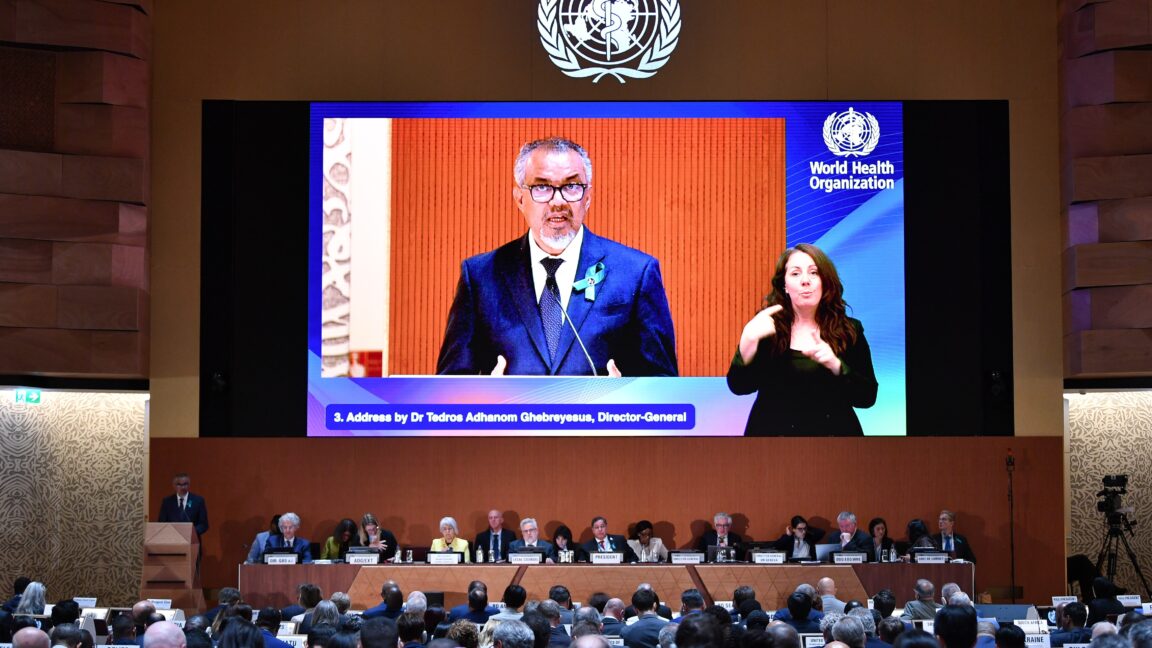











































































































![[The AI Show Episode 148]: Microsoft’s Quiet AI Layoffs, US Copyright Office’s Bombshell AI Guidance, 2025 State of Marketing AI Report, and OpenAI Codex](https://www.marketingaiinstitute.com/hubfs/ep%20148%20cover%20%281%29.png)


![[The AI Show Episode 146]: Rise of “AI-First” Companies, AI Job Disruption, GPT-4o Update Gets Rolled Back, How Big Consulting Firms Use AI, and Meta AI App](https://www.marketingaiinstitute.com/hubfs/ep%20146%20cover.png)













































































































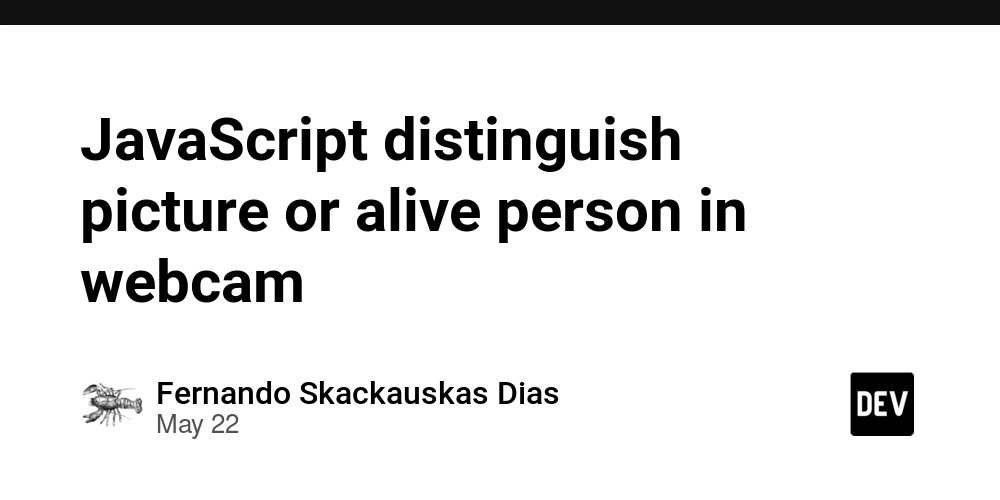











![[DEALS] Babbel Language Learning: Lifetime Subscription (All Languages) (71% off) & Other Deals Up To 98% Off – Offers End Soon!](https://www.javacodegeeks.com/wp-content/uploads/2012/12/jcg-logo.jpg)



















































.jpg?width=1920&height=1920&fit=bounds&quality=70&format=jpg&auto=webp#)



































































.jpg?width=1920&height=1920&fit=bounds&quality=70&format=jpg&auto=webp#)





















_Alan_Wilson_Alamy.jpg?width=1280&auto=webp&quality=80&disable=upscale#)
_pichetw_Alamy.jpg?width=1280&auto=webp&quality=80&disable=upscale#)













































































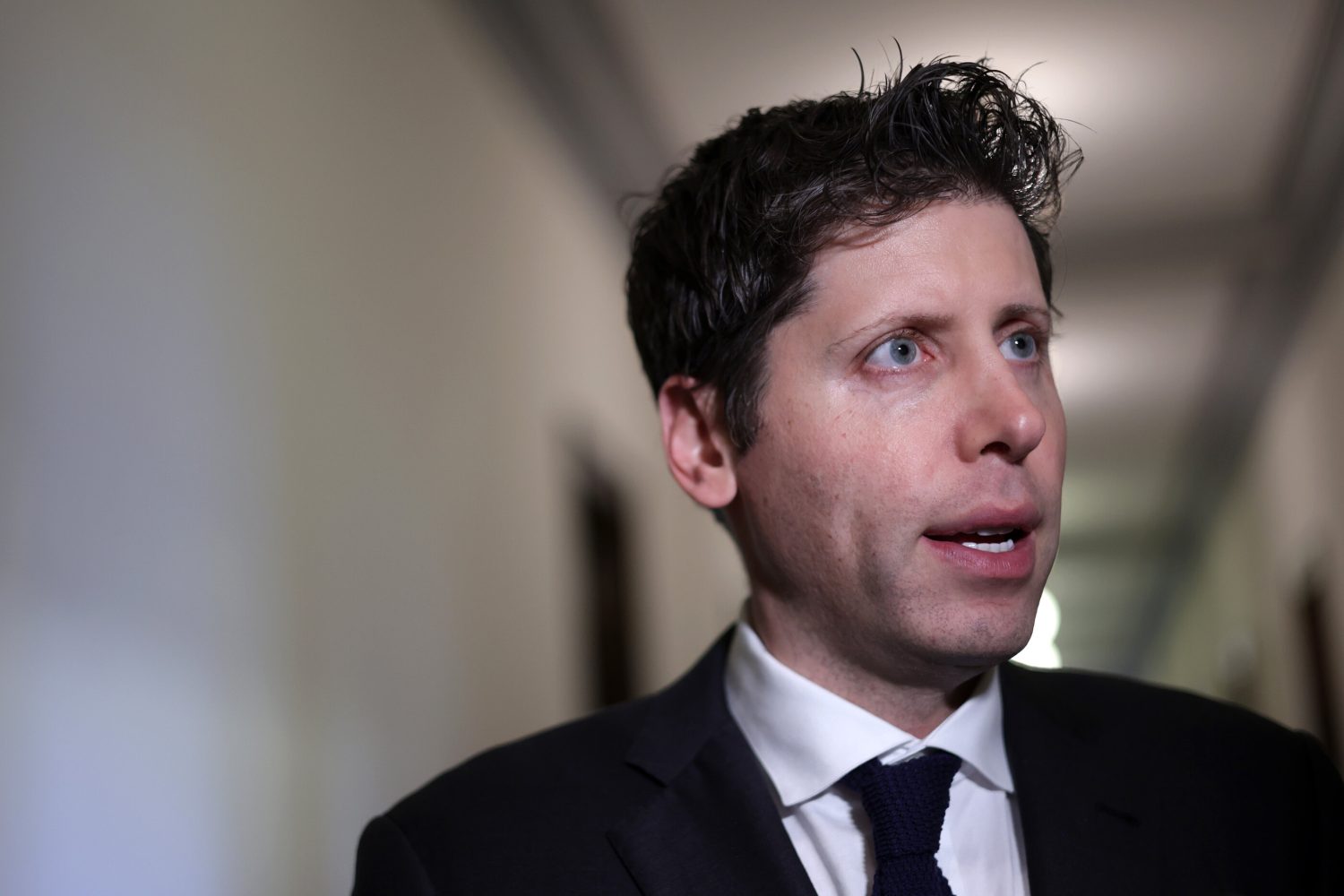

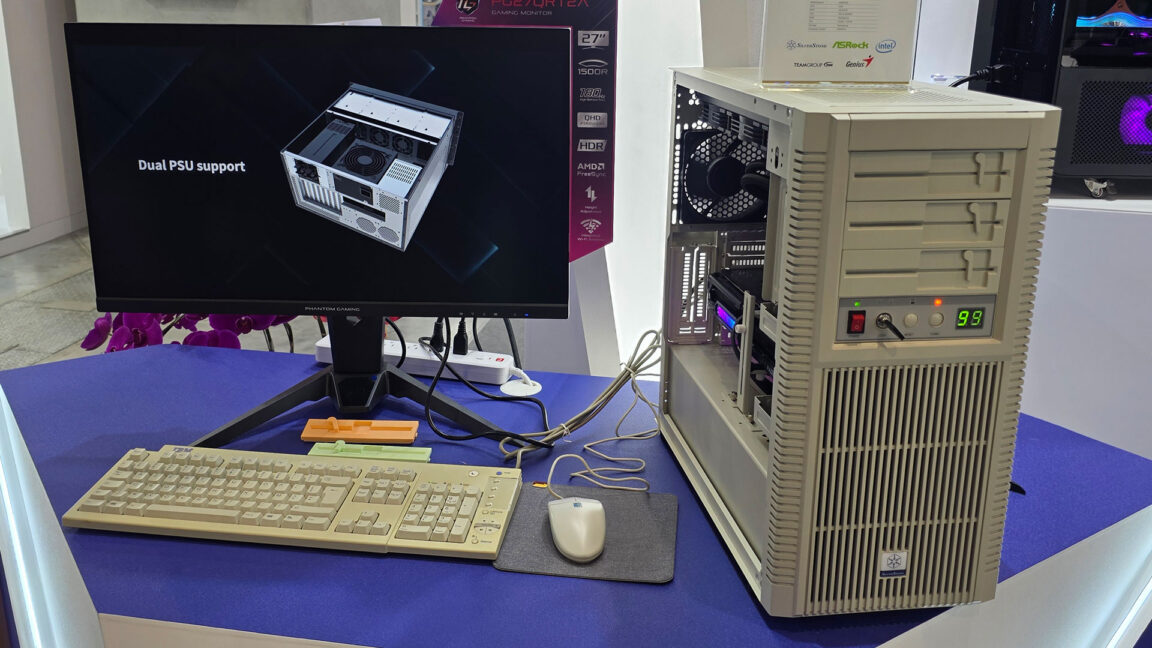


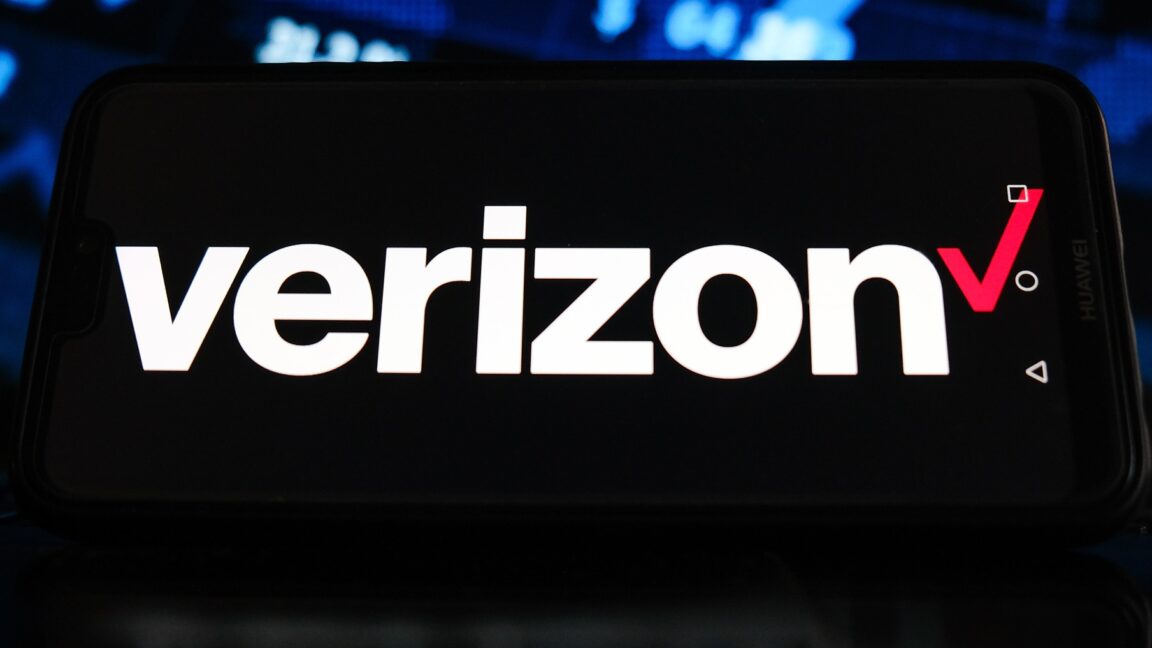

-xl.jpg)



























![Apple Leads Global Wireless Earbuds Market in Q1 2025 [Chart]](https://www.iclarified.com/images/news/97394/97394/97394-640.jpg)

![OpenAI Acquires Jony Ive's 'io' to Build Next-Gen AI Devices [Video]](https://www.iclarified.com/images/news/97399/97399/97399-640.jpg)
![Apple Shares Teaser for 'Chief of War' Starring Jason Momoa [Video]](https://www.iclarified.com/images/news/97400/97400/97400-640.jpg)









































